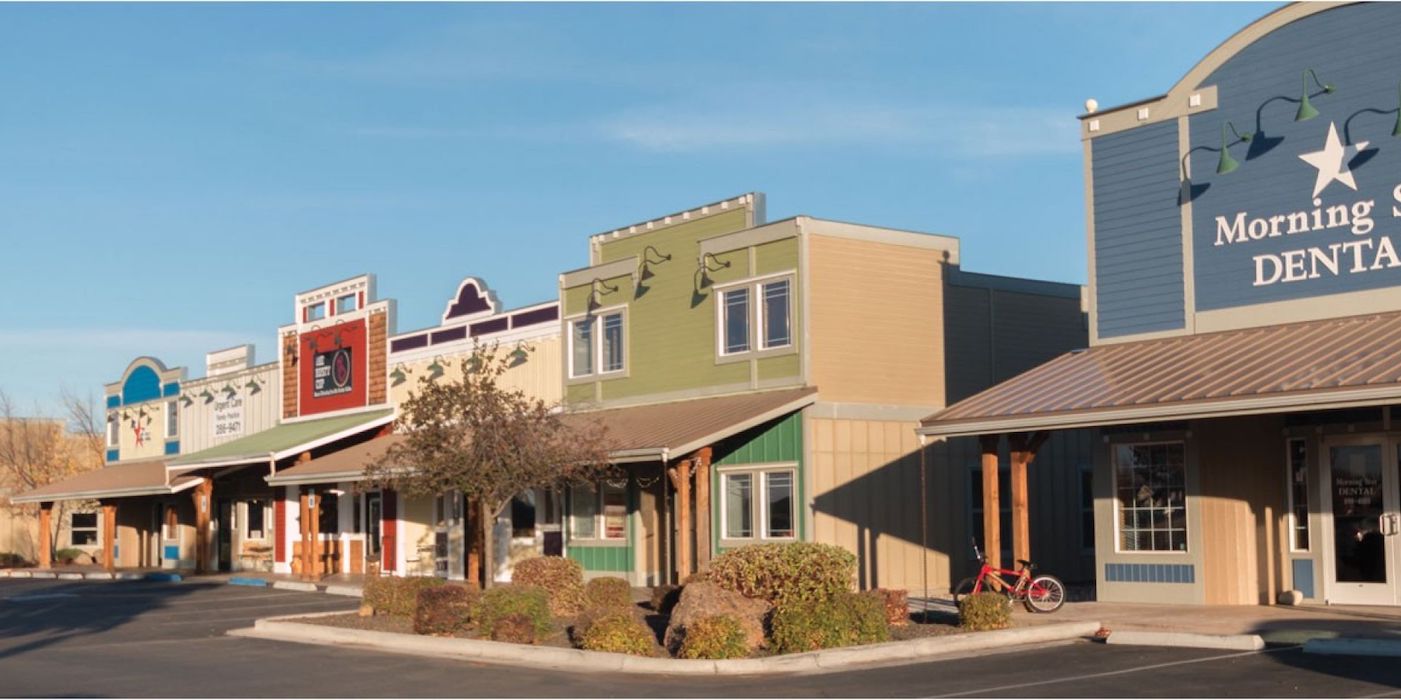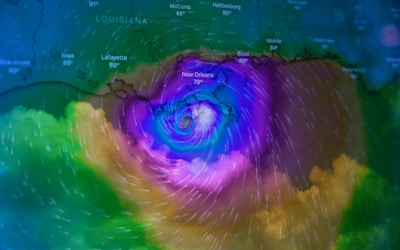As West Coast Transplants Pour In, a Small Idaho Town Has a Big Dilemma
As described below, Idaho is experiencing a massive inflow of new residents, especially Californians.
NOTE: this article was originally published to WSJ.com on January 21, 2020. It was written by Dan Frosch.
Star, Idaho’s population is booming and housing prices have more than doubled; ‘The growth is beyond what people can handle’
STAR, Idaho—When JT and Mary Jo Turnipseed moved to this sleepy town of 6,000, they thought they had found the perfect place to retire from the stress of Southern California. They loved the smell of mint that drifted in from the farms, how neighbors knew each other by name and the general store that reminded them of the small Iowa town where they had both grown up.
That was six years ago.
Since then, Star, about 30 minutes west of Boise, has become the fastest-growing city in Idaho—one of the fastest-growing states in the nation. Over the past nine years, Star’s population has doubled to more than 10,000. Most of the growth has come from people like the Turnipseeds who uprooted from the West Coast to the greater Boise area—known as the Treasure Valley—drawn by the promise of less stressful and more affordable living. By 2040, Star’s population could surpass 35,000, according to city projections.
Now Star is grappling with some of the same problems the Turnipseeds left California to escape. The town’s main drag, where ranchers once drove their cattle, is clogged with traffic during rush-hour commutes. Sprawling subdivisions have sprouted up around farmland, as have new chain stores. The median home price has more than doubled to nearly $400,000 since 2010.
“We’re afraid that this will turn into what we left,” said Ms. Turnipseed, a retired college administrator.
Idaho was the fastest-growing state in the U.S. between July 2018 and July 2019, while the Boise metro area is among the 10 fastest-growing in the country, census figures show.
According to a September 2019 survey by Boise State University, 75% of Treasure Valley residents said that growth was occurring too fast, up from 50% in 2016.
Most of Idaho’s new residents hail from California, according to the census. A recent University of California, Berkeley, poll showed that half of the state’s registered voters have considered moving elsewhere because of the high cost of living. Three times as many Republicans as Democrats have seriously considered moving, with many citing the state’s liberal political climate, the poll said.
In Star, some transplants said the state’s conservative politics were a draw.
On a recent afternoon, Helen Collinson’s wine bar, which she has been running out of a converted 1930s-era house since 2004, was jammed with customers. She said the past year has been one of her best ever. Ms. Collinson has hired more employees, expanded her inventory and is considering moving to a larger space.
“As a business owner, I like more people coming in,” said Ms. Collinson, who moved from Orange, Calif., in 2003. “As a resident, it’s kind of tough to see the landscape change so dramatically.”

The wave of transplants to Star, many of them retirees, has prompted officials to begin overhauling the city’s land-use codes and update its long-term plan. It is considering designating land for commercial development, hoping to attract needed services and balance its property-tax base, which relies on residences. With traffic surging, the Idaho transportation department plans to widen two sections of a road to Star from three to five lanes.
Some residents argue Star must curb development before its small-town sensibility is lost for good.
“The drum that I’ve been beating is that we need to slow down, throttle back,” said Gary Smith, a former city councilor. “The growth is beyond what people can handle.”
Mr. Smith, a marketing and sales consultant originally from North Bellmore, Long Island, said he fell in love with Star 14 years ago because it reminded him of home. He has since grown disenchanted with the vanishing farmland and wants a temporary moratorium on growth in the region.
Trevor Chadwick, who was sworn in as Star’s mayor this month after defeating the incumbent with 73% of the vote, said managing growth is his priority. But he said Mr. Smith’s approach would drive up home prices and property taxes because of increased demand.
Median sales prices for new and existing homes in Star have risen from $155,000 between January and November 2010 to $398,950 over the same period in 2019, according to the Boise Regional Realtors. Residents’ property taxes increased by an average of between $200 and $400 this year, Mr. Chadwick said.
He said the city had no legal standing to impose a strict limit on all development.
“I don’t want to be the first to go put a moratorium on growth, only to get sued and have to pay millions of dollars to a developer because we did them wrong,” he said.
The debate over Star’s transformation mirrors the rest of the region, as disputes in neighboring cities have erupted over whether to approve major housing developments. A public meeting in Star this week on a proposed apartment complex is expected to draw a large crowd, officials said.
This year, the Turnipseeds made an offer on a home in Crouch, Idaho. They thought the town of 180 about 50 miles northeast resembled what Star had been. They didn’t get it.
For now, the Turnipseeds don’t go out during rush hour and take back roads to get places so they can still drive through farmland.
“People come here, and at some subconscious level, they want it to be that way forever,” said City Councilor Michael Keyes, himself a California transplant. “But logically it can’t.”





This is what California went through years back when people from other states came in droves. It changed the landscape forever with new developments on every corner. Our farmland began disappearing also, and there was nothing we could do about it.
Yes, development has many associated problems.
Thanks,